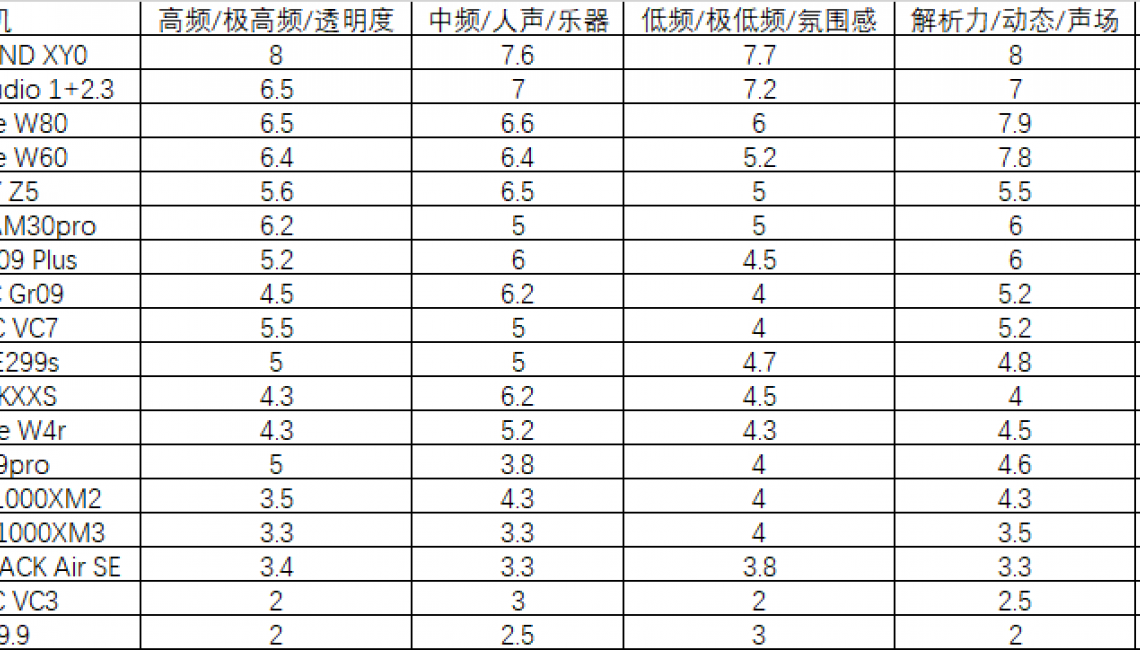
The Tralucent 1+2.3 offer an experience worth savoring. They exhibit overall good quality, showcasing a balanced representation across the frequency spectrum. Being a flagship-level device, it demonstrates notable tuning skills that set it apart from ordinary products. Hence, the blog owner opted to test it with the track "The Song From Yue." During Liu Da's recording of "The Song From Yue" minimal noise reduction processing was applied in the mastering stage to retain more details, resulting in slight background noise throughout the track. While the 1+2.3's noise suppression capability is somewhat lacking, it doesn't significantly impact the listening experience but may affect background cleanliness to some extent. As a hybrid IEM, a pristine background is not its primary strength. Next, let's analyze it specifically. In the introduction from 0:00 to 0:48, 1+2.3 has obvious shortcomings in depicting details. The resonance between the strings, the friction details when the player strokes the strings, 1+2.3 did not interpret them accurately. On the one hand, there is excessive low-frequency volume and weak control; on the other hand, 1+2.3's resolution reaches a bottleneck, resulting in insufficient details in both the high-frequency and extremely low-frequency parts. Beyond the 1:35 mark, the vocal clarity improves. However, due to the limitations in resolution and imaging of the 1+2.3, the singer's mouth shape may appear exaggerated, leading to a somewhat blurred presentation. Nevertheless, the 1+2.3 excels in imaging height and vocal richness. Transitioning to the second track, "Snow Amber," the 1+2.3 demonstrates precise control across all frequency ranges, ensuring clear distinction between vocal parts. Yet, distinguishing vocals from the background lacks definitive layering, revealing a minor drawback in the mid-frequency range—a slight deficiency in layering depth or nuanced strength variation. These nitpicks aside, the 1+2.3 remains enjoyable throughout the song, proving its versatility even in handling electronic music compositions. Despite its robust configuration, the Tralucent 1+2.3 maintains an exceptional dynamic range, characterized by well-balanced three-frequency performance and a comprehensive soundstage. However, its sound density poses a challenge. At typical volume levels, it struggles to fully realize the cohesive sound of a symphony orchestra. To achieve satisfactory density, the blogger must significantly raise the volume. Yet, this adjustment adversely impacts the arrangement and precise imaging of individual instruments. Tralucent Audio 1+2.3 represents the blogger's first encounter with a earphone priced in 10k. While some viewers might perceive a skew towards negative aspects in the review, several factors contribute to this:
- The steep pricing raises concerns. Despite its release in 2018 or amidst the emergence of electrostatic drivers in 2020, the 1+2.3's absolute quality falls short of justifying a ten-thousand-dollar price tag. Even factoring in the brand's reputation and craftsmanship, a price exceeding 6,000 RMB appears significantly inflated. While Tralucent Audio has evidently put effort into crafting the earphone and its technology and tuning are praiseworthy, the absence of full customization undermines the rationale behind the exorbitant pricing.
The 1+2.3 exhibits a high power demand, even when connected to the blogger's desktop setup offering 32 ohms and 1 watt of power. Despite these specs, finding the right volume setting for the 1+2.3 proved time-consuming due to its sensitivity. Subsequent reviews indicate that while the 1+2.3 delivers a strong sense of power, it lacks finesse in sound reproduction, posing a challenge in selecting the appropriate headphone amplifier.
The 1+2.3 boasts a well-balanced tuning with excellent frequency division, nearly maximizing the driver's full potential. Consequently, assessing this IEM solely based on its three frequencies becomes challenging. To pinpoint any issues, it must be compared against superior sound quality. The drawbacks found in the 1+2.3 stem from fundamental aspects like its quality, resolution, and background noise handling. It's not that the 1+2.3 falls short; in fact, it's already quite remarkable, which illuminates the need for such a detailed review.
Hence, while reviewing vocal performances, cello solos, concertos, and various tracks, the impressive mid-low frequency richness of the 1+2.3 greatly pleased the blogger. However, in the case of violin tracks, the sound remains static, lacking agility, intricate detailing, and emotional depth, curtailing the earphone's overall performance potential. This compromise might have been necessary to align the 1+2.3 with higher-end flagship offerings.
--------------- Click here for detailed post (originally in Chinese) ---------------
















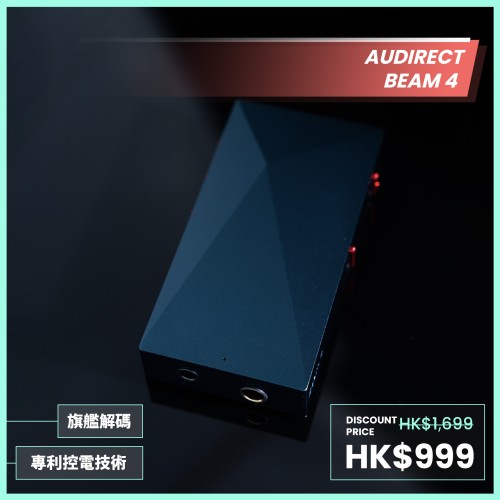
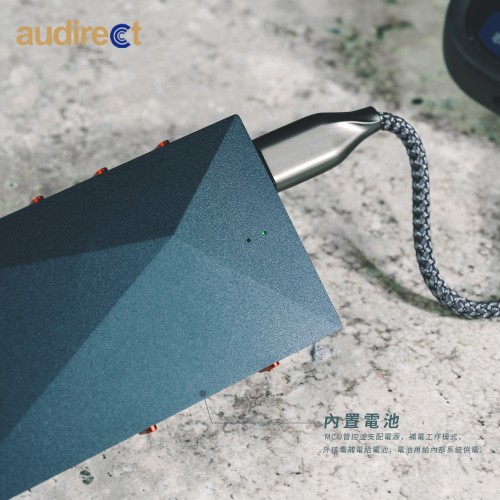

-500x500w.jpeg)







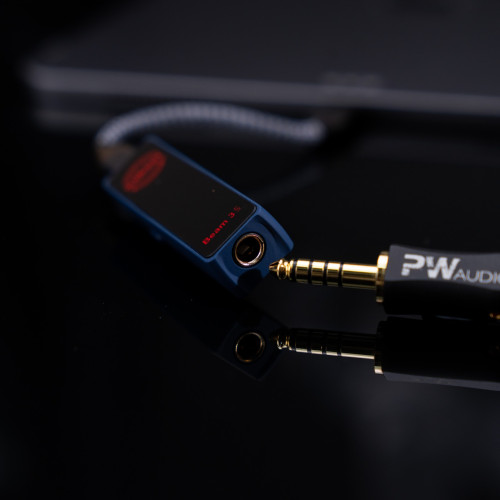





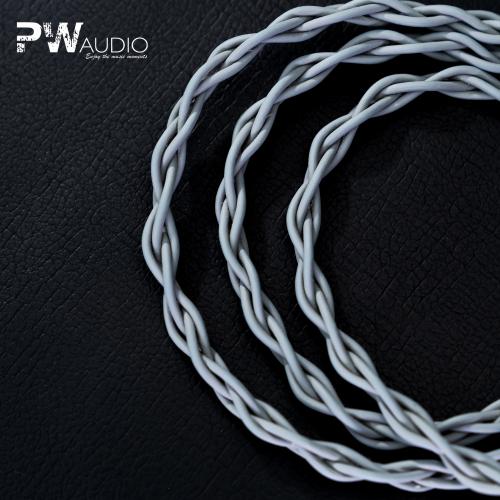



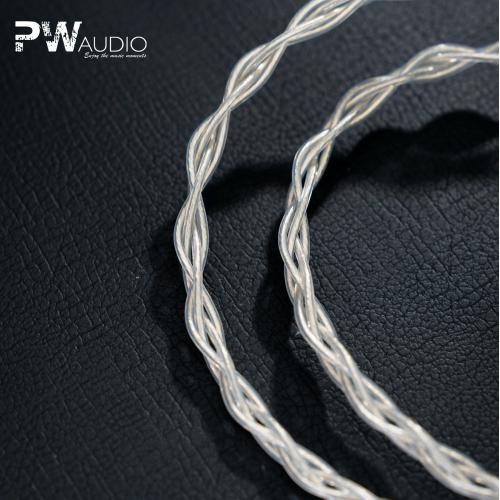
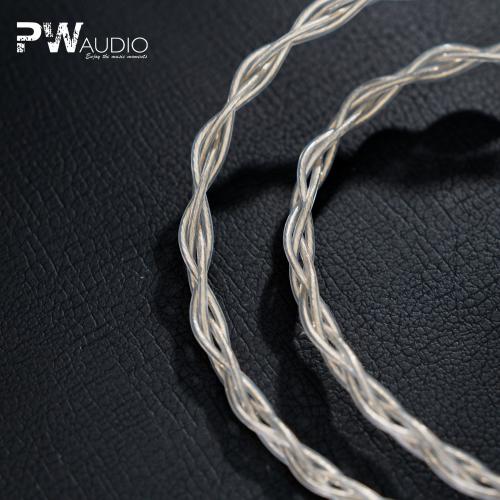




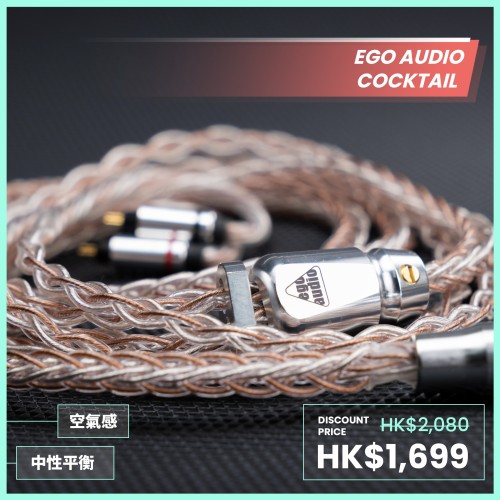

Leave a Comment